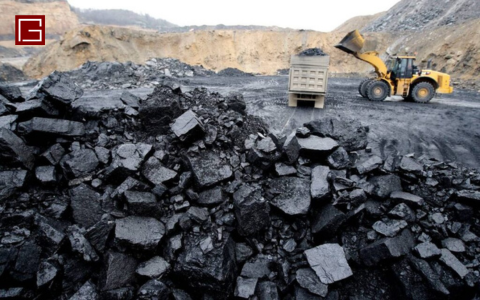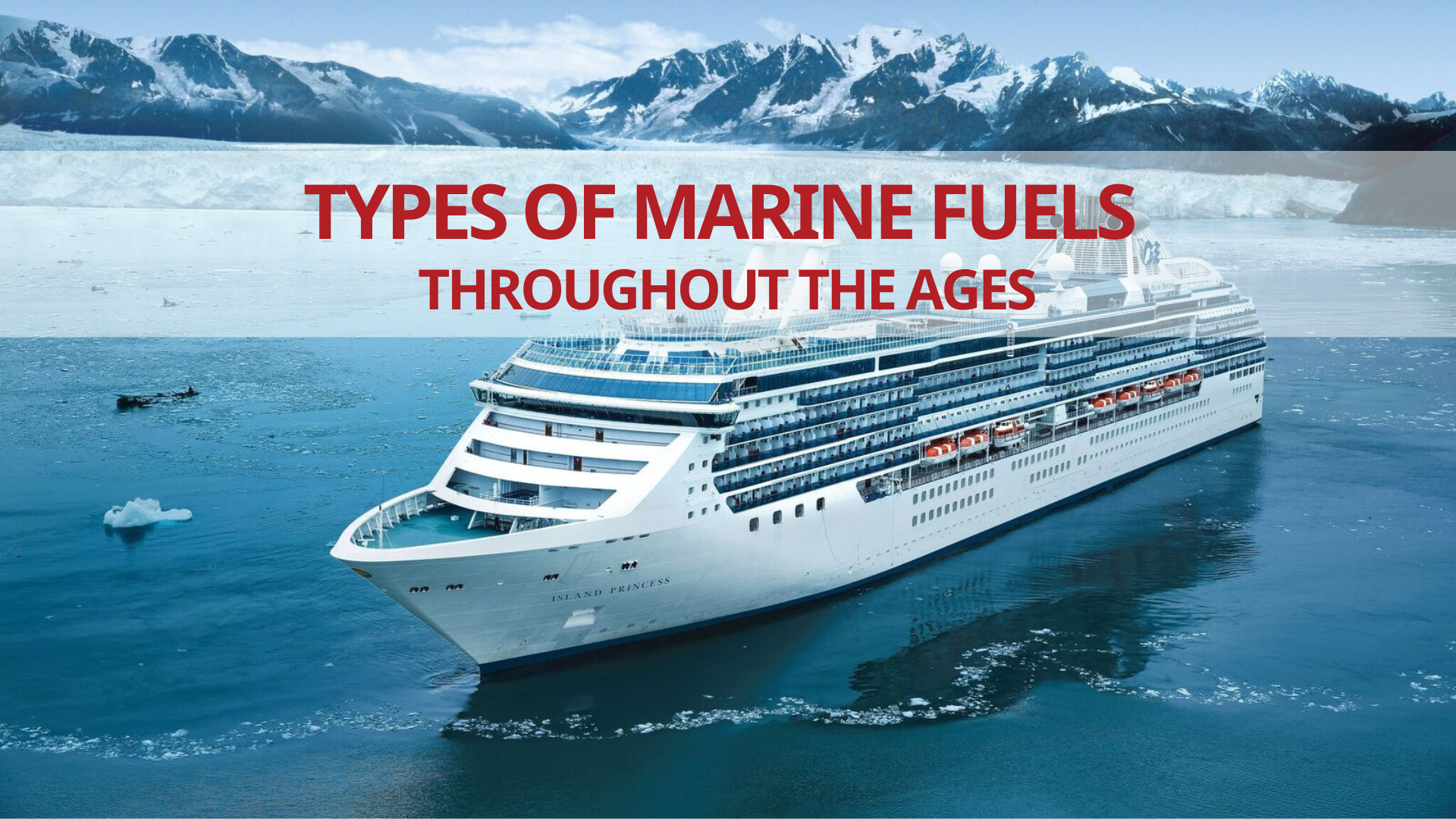BLog New
Types of Marine Fuels Throughout the Ages
Throughout Maritime History, Fuel Has Been the Driving Force Behind the Evolution of Ships
—from humble wind-powered vessels to today’s massive ocean giants. With each era, advancements in technology demanded new sources of propulsion, reshaping the way we navigate the seas. Join Gia Nhien—a showcase of masterfully crafted wooden ship models—as we explore the fuels that have powered maritime journeys through the ages.
CONTENTS
- 1 1. Wind – Humanity’s First Source of Ocean Energy
- 2 2. Coal – The Fuel of Steamships and the Industrial Maritime Revolution
- 3 4. Marine Fuels (HFO, MGO) – Cost Optimization for Ocean-Going Vessels
- 4 5. LNG and Clean Fuels – The Sustainable Future of Shipping
- 5 Conclusion: Marine Fuel Is More Than Energy – It’s a Marker of Maritime Evolution
1. Wind – Humanity’s First Source of Ocean Energy
Long before engines were invented, wind was the sole force that propelled ships across the seas. Ancient vessels—like those of the Egyptians, Romans, and Vikings—relied entirely on wind harnessed through sails to navigate.
Key features of wind as a maritime “fuel”:
-
Entirely free and environmentally friendly
-
Fully dependent on natural elements—wind direction and strength
-
Limited speed and control, often unpredictable
Despite its limitations, the sail remains a timeless symbol of exploration and human ambition—an enduring inspiration for decorative wooden ship models that capture the romance and challenge of early sea travel.

2. Coal – The Fuel of Steamships and the Industrial Maritime Revolution
The 18th century marked the emergence of steamships, which burned coal in boilers to generate steam pressure that powered their engines. This was a revolutionary shift, freeing ships from dependence on wind and significantly improving reliability and speed.
Key characteristics of coal as marine fuel:
-
Provided powerful and continuous energy
-
Produced heavy smoke and pollutants
-
Required intensive manpower for fueling and boiler maintenance
Iconic steamships like the Titanic became symbols of a new era—representing the industrial age at sea.

3. Diesel Fuel – The Modern Era of Flexibility and Efficiency
Since the early 20th century, diesel gradually replaced coal to become the dominant fuel in maritime transportation, thanks to its superior efficiency and convenience. Diesel-powered ships offered significant advantages in both operation and cost, establishing a new standard for the modern shipping industry.

Characteristics of Diesel Fuel:
-
High efficiency, easy to store and refuel
-
Emits CO₂ and other harmful pollutants
-
Durable engines with lower maintenance costs
Today, most commercial vessels—such as cargo ships and container ships—operate on diesel fuel.
4. Marine Fuels (HFO, MGO) – Cost Optimization for Ocean-Going Vessels
Heavy Fuel Oil (HFO) and Marine Gas Oil (MGO) are widely used on long-haul vessels due to their affordability and high energy output. However, the heavy pollution associated with HFO has led to increasingly strict environmental regulations.
Key features:
-
Low cost, ideal for high-tonnage freight vessels
-
Significant environmental impact; tightly regulated under IMO 2020
-
Declining usage in favor of cleaner alternatives
5. LNG and Clean Fuels – The Sustainable Future of Shipping
In recent years, liquefied natural gas (LNG), biofuels, and even hydrogen have emerged as promising marine fuels, supporting the shift toward greener and more sustainable shipping.
Key features:
-
Low emissions, environmentally friendly
-
High initial investment for ship conversion and fueling infrastructure
-
Viewed as an essential step in the maritime transition to sustainability
Conclusion: Marine Fuel Is More Than Energy – It’s a Marker of Maritime Evolution
Across every era, fuel has shaped the trajectory of maritime advancement—from the open wind of ancient sails to the cutting-edge technology of today’s vessels. Each ship and every type of fuel carries the legacy of its time, capturing the spirit and progress of humanity at sea.
We hope this article has satisfied your curiosity about the fascinating world of ships. If you’re inspired by these engineering marvels and want to bring a piece of that maritime magic into your own space, don’t hesitate to visit the Gia Nhien’s showroom. With a collection of over 1,000 handcrafted wooden ship and boat models, each piece is meticulously made from natural wood by skilled artisans, capturing the elegance, detail, and heritage of real vessels.
These exquisite models are not only a celebration of fine craftsmanship but also the perfect addition to elevate your home or office decor with a touch of nautical charm.
👉 Explore the full collection of model ships here: https://woodenmodelships.net/shop/
And don’t forget to follow the Gia Nhien Wooden Ship Models Blog for more captivating stories and knowledge from the maritime world!

